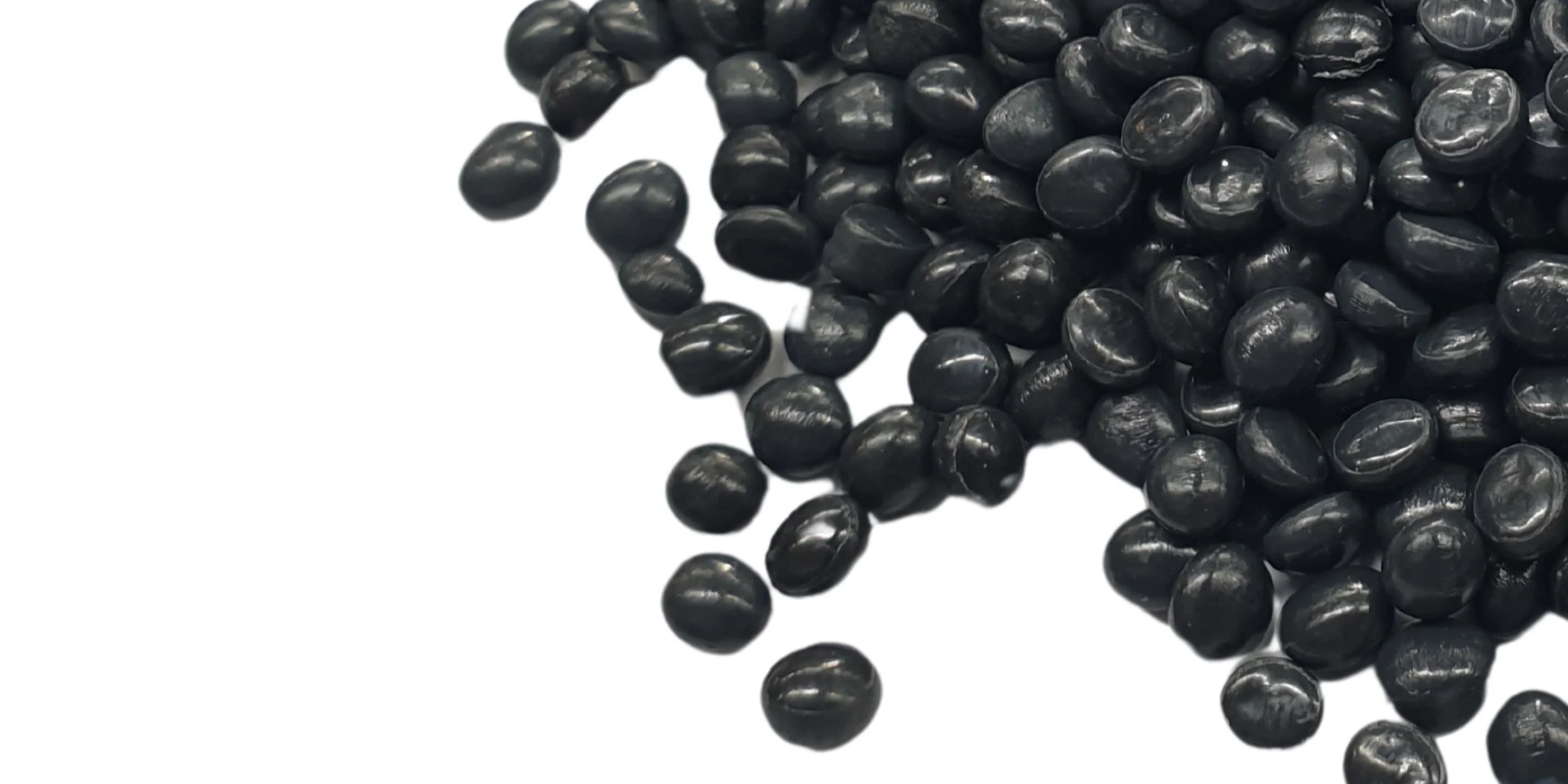Comparing Cross-Linking Methods: Selection Based on Cable Requirements
Facing cable failures under heat or load? Choosing the wrong cross-linking method can cost you reliability and safety.
This article compares peroxide and silane cross-linking, examines performance differences, and guides you to the right method based on voltage, environment, and cost.
Let’s explore how each method works, their performance impacts, and how to decide for your cable design.
Compares Peroxide Cross-Linking vs. Silane Cross-Linking
Worried about scorch or long cure times? Each cross-linking method brings unique trade-offs in processing, cost, and performance that affect cable quality.
Peroxide cross-linking uses heat-activated free radicals to form bonds quickly, yielding high thermal resistance. Silane cross-linking grafts moisture-cure silane groups, offering low scorch and thermoplastic processing at milder conditions.
Curing Mechanism
Peroxide cross-linking relies on organic peroxide decomposition at 160–200 °C. Peroxide splits into radicals that abstract hydrogen from polymer chains. Radicals recombine to form a network, locking chains together. This network resists melting and deformation above the polymer’s melt point.
Silane cross-linking begins with grafting vinylsilane onto polymer backbones during extrusion at 100–120 °C. After extrusion, moisture triggers hydrolysis of alkoxy silane to silanol. Silanol groups condense to siloxane bonds, building a cross-link network at 30–80 °C over hours.
Processing Conditions
Peroxide requires high melt temperatures around 170–200 °C and a hot-water or steam post-cure stage at similar temperatures for 30–60 minutes. This demands specialized cross-linking extruders and curing lines. Scorch risk arises if peroxide decomposes too early, creating gel spots and surface defects.
Silane processing runs on standard thermoplastic lines at 100–120 °C. After extrusion, cables pass through water tanks or ambient air zones for 6–48 hours. The lower extrusion temperatures and absence of corrosive peroxide odor simplify equipment needs. However, long cure times require buffer storage or extended staging.
Suitability by Cable Type
Peroxide cross-linking suits medium- and high-voltage power cables where thermal endurance to 90 °C continuous and 250 °C short fault is critical. It achieves high cross-link density and network uniformity, essential for electric field grading and water tree resistance.
Silane cross-linking fits medium- and low-voltage distribution, building wiring, and flexible cables requiring thermoplastic handling. It balances performance with cost and equipment simplicity, ideal for MV/LV cables up to 90 °C continuous rating and 200 °C short-term peaks.
| Aspect | Peroxide Cross-Linking | Silane Cross-Linking |
|---|---|---|
| Cure Temp | 160–200 °C | 30–80 °C (graft at 100–120 °C) |
| Cure Time | 30–60 min | 6–48 hours |
| Equipment | Specialized cure ovens | Standard thermoplastic lines |
| Scorch Risk | High if miscontrolled | Low |
| Thermal Rating | 90 °C continuous, 250 °C peak | 90 °C continuous, 200 °C peak |
| Cost Implication | Higher capital, faster cure | Lower capital, longer staging |
Performance Comparison: Thermal, Electrical, and Mechanical Properties
Unsure how cross-linking method affects cable durability? Thermal stability, dielectric strength, and flexibility vary with network density and chemistry.
Peroxide cross-linked XLPE (PE-Xa) shows superior thermal endurance, maintaining 80% dielectric strength after decades at 90 °C. Silane-cross-linked PE (PE-Xb) offers good heat resistance with slightly lower cross-link density and mechanical properties but excels in flexibility and low scorch.
Thermal Properties
Peroxide cross-linked XLPE has continuous ratings of 90 °C and short-circuit tolerance up to 250 °C. Cross-link density around 70–80% gel content yields high melt resistance and low creep. It prevents deformation under electrical fault heat.
Silane-cross-linked PE sustains 90 °C continuous and 200–225 °C peak. Gel content typically 30–50% yields moderate network rigidity. It resists heat aging and water treeing but shows slight creep under long-term stress compared to PE-Xa.
Electrical Properties
Dielectric strength in PE-Xa remains above 80% after 20-year 90 °C stress. It resists partial discharge and water treeing, making it ideal for HV/MV. Permittivity and loss tangent remain stable under temperature and voltage stress.
PE-Xb shows stable dielectric strength above 20 kV/mm and maintains >70% after aging. Field grading screens require uniform semiconductive layers. Silane networks reduce charge trapping and ensure smooth field distribution in MV cables.
Mechanical Properties
PE-Xa’s high cross-link density gives tensile strength >20 MPa and elongation >200%. It resists abrasion and mechanical wear but can be stiffer, impacting flexibility in tight bends.
PE-Xb offers tensile strength around 15–18 MPa and elongation >300%, providing superior flexibility and impact resistance. It bends easily in confined spaces, reducing installation stress on conductors.
| Property | PE-Xa (Peroxide) | PE-Xb (Silane) |
|---|---|---|
| Gel Content | 70–80% | 30–50% |
| Continuous Temp | 90 °C | 90 °C |
| Short-Circuit Tolerance | 250 °C | 200 °C |
| Dielectric Retention | >80% after 20 yrs at 90 °C | >70% after similar aging |
| Tensile Strength | >20 MPa | 15–18 MPa |
| Elongation at Break | >200% | >300% |
| Flexibility | Moderate | High |
How to Choose the Right Cross-Linking Method for Your Cable Design?
Worried about balancing cost, speed, and performance? Your choice depends on voltage class, environment, production volume, and budget—each factor steers you to peroxide, silane, or EB.
For high-voltage transmission, long-term thermal endurance rules. Peroxide cross-linking delivers maximum network density and fault tolerance. For medium/low-voltage distribution, silane cross-linking balances equipment cost, low scorch, and thermoplastic processing. For niche or medical cables needing precise control and no chemicals, EB irradiation offers clean, instant cross-linking.
| Requirement | Recommended Method | Reason |
|---|---|---|
| HV Power Transmission | Peroxide Cross-Linking | Highest thermal/fault endurance |
| MV/LV Distribution | Silane Cross-Linking | Low scorch, simple equipment, cost balance |
| Flexible/Thin Cables | Silane or EB | High flexibility, low odor |
| Specialty/Medical | EB Irradiation | Clean, precise control, no residues |
| High-Volume Production | Silane | Thermoplastic lines, efficient throughput |
| Premium Performance Need | Peroxide or EB | Max network density, superior properties |
Conclusion
Choosing the right cross-linking method aligns cable performance with your application’s demands—whether top thermal endurance, processing efficiency, or mechanical flexibility.

